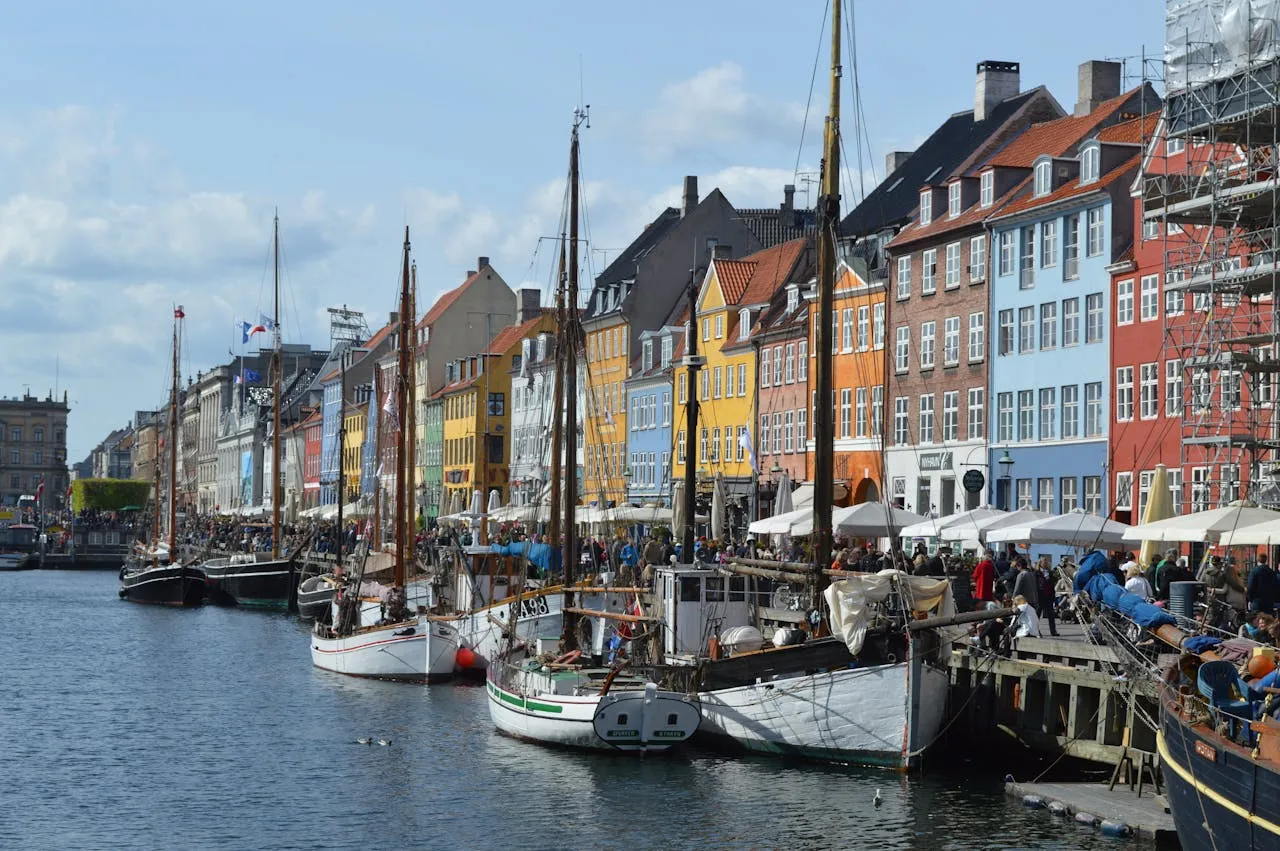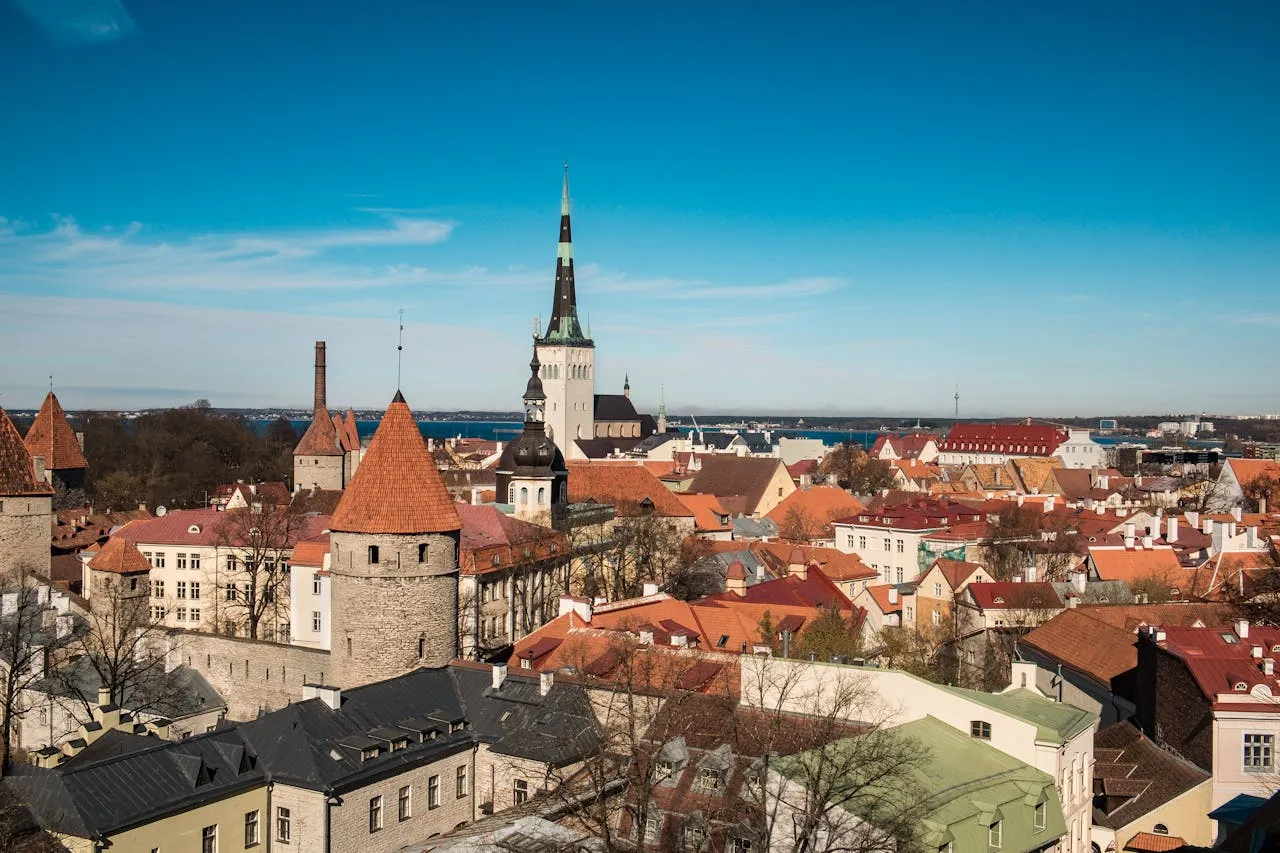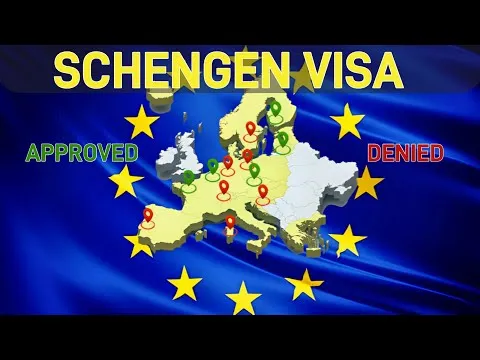Did you know that in 2024, close to 15% of all Schengen visa requests were turned down? That's over 1.7 million people. While the Schengen area has 27 member countries, some are much more likely to say no to your application than others. This article counts down the top 10 Schengen countries most likely to reject your visa.

At number ten is the Czech Republic. The Czech Republic handled over 150,000 visa applications in 2024 and rejected almost 24,000. This means it had a rejection rate of 15.8 percent. While not the highest, it's still significant enough to cause issues for applicants who aren't completely ready.

Tied with the Czech Republic at number nine is France. France received a huge 3 million applications, more than any other Schengen country. It also rejected the most: over 481,000. That's a 15.8 percent rejection rate, just like the Czech Republic. The sheer number of applications makes France a difficult country to apply through, especially if your paperwork isn't perfect.

Number eight is Poland. Poland turned down 17.2 percent of all applications. Out of 111,000 submitted, over 19,000 were rejected. This isn't as strict as some others, but it's still enough to make you think twice if you're not confident in your documents.

Seventh on the list is Croatia. Croatia rejected nearly 8,000 of the 42,000 applications it received, putting its rejection rate at 19.3 percent. It's a fairly new member of the Schengen zone, but it's already showing it doesn't approve visas easily.

Number six is Denmark. Denmark rejected 23.7 percent of applicants. Out of 132,000 submissions, more than 31,000 were denied. Denmark is known for being selective, so be extra careful if you plan to apply there.

At number five is Sweden. Sweden received over 188,000 applications and rejected about 44,500 of them. That's a 24 percent rejection rate, making it one of the toughest Nordic countries for visa approval.

Fourth is Slovenia. This beautiful country turned away 24.5 percent of applicants. That's more than 4,400 rejections out of just 18,000 applications. These are small numbers, but the rejection rate is strict.

Number three is Belgium. Belgium processed over 255,000 applications in 2024 and rejected more than 61,000. This gives it a rejection rate of 24.6 percent, one of the highest in Western Europe.

Coming in at number two is Estonia. Estonia had a 27.2 percent rejection rate, turning down more than 3,200 applications out of just over 12,000. The total number of applications may be small, but the chances of getting turned down are high.

And at number one, Malta. Malta topped the list with a huge 38.5 percent rejection rate. Out of 45,000 visa applications, almost 17,000 were denied. That's more than one in three, making it the Schengen country most likely to reject your visa.
So, what does all this mean for you?
First, where you apply makes a difference. While you can't always control your entry point, choosing a country with lower rejection rates can give you a better chance.
Second, being prepared and applying early are key. In some places, Schengen visa appointments are already booked for the next 3-4 months. Also, with some countries, like Germany, removing the right to appeal visa rejections, there's even less room for mistakes.
If you're applying this year, don't take any chances. Double-check your documents, apply early, and choose wisely.
